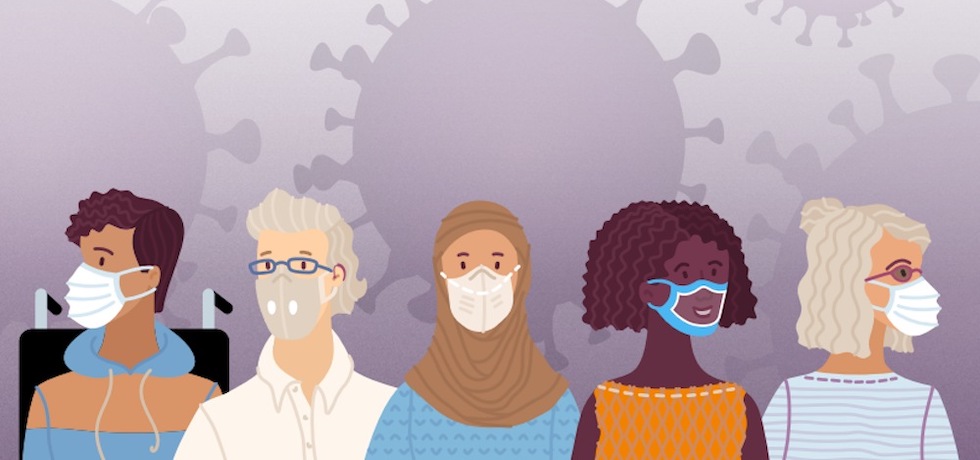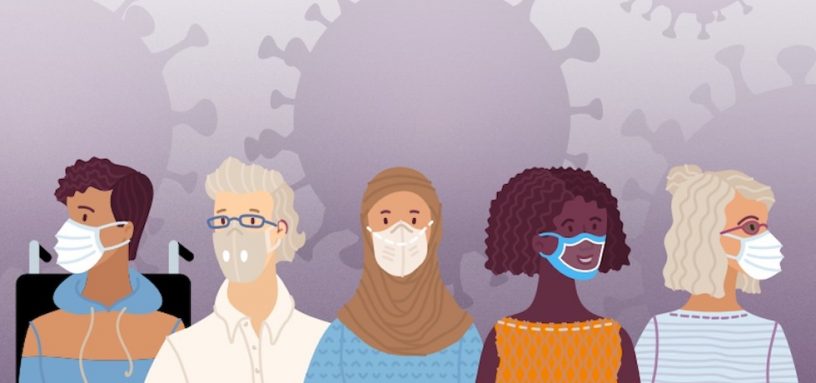
Examining gendered impact of COVID19, this article focuses on four areas where women have been adversely impacted much more than men, namely, job losses, domestic division of labour, girl child rearing practices and domestic abuse.
Author
Parul Bhandari, Associate Professor of Sociology, Jindal Global Business School, O.P. Jindal Global University, Sonipat, Haryana, India.
Summary
Gender inequalities are systemic and structured into the workings of our societies. Anthropologists and sociologists, in particular, reveal these inequalities by studying the everyday realities of life, and by explaining how gendered role expectations of men and women stitch the fabric of Indian society.
At the same time, exceptional periods of crises (political unrest, wars) too expose acute gender asymmetries (Das, 2008; Menon & Bhasin, 1998).
It is no surprise then that in this trying period of the COVID19 pandemic, une crise inimaginable, we are witnessing a unique and unsettling amalgamation of the everyday and the critical event (Das 1995), which has put undue and lopsided pressures on women both in the realm of their everyday lives and professional and economic spheres.
While this essay can in no way comprehensively trace the wideranging gendered impact of COVID19, it focuses on four areas where, as evidence suggests, women have been adversely impacted much more than men, namely, job losses, domestic division of labour, girl child rearing practices and domestic abuse.
Published in: Indian Federalism Perspectives (IFP) – 4, Institute of Social Sciences.
To read the full article, please click here.


